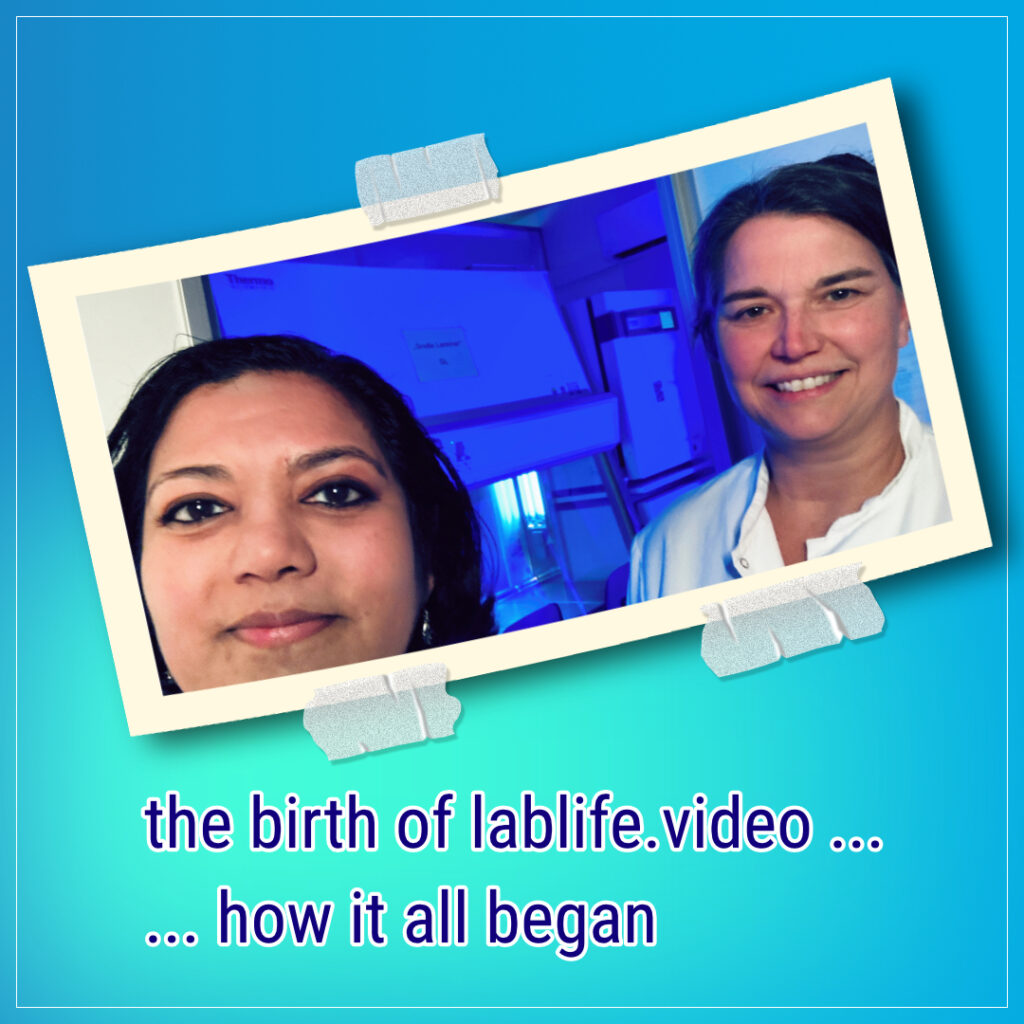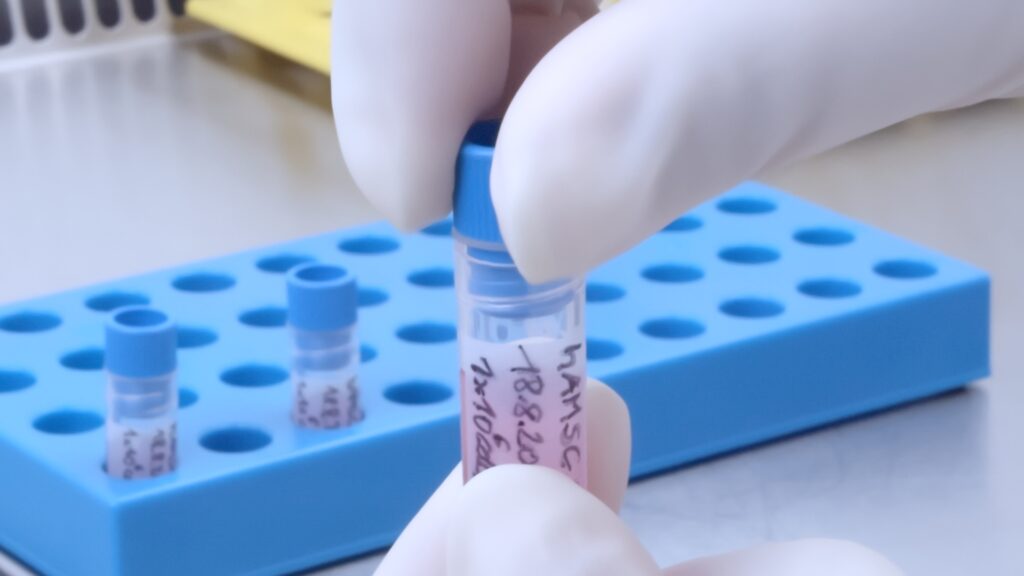The Manifestation of an Idea – with Bernhard Kerres 🧡

Not sure if lablife.video would even exist without Bernhard Kerres.
In late spring, in 2018, we went to an event of the LBG Career Center. In a relaxed setting we could talk to experts about (#business) #ideas and how to turn an impactful idea into reality. At this point, we were not even sure what to do with our idea 🌱. Was it even worth putting it into reality?
This is where we met Bernhard Kerres.
“Shall we ask him?”
“Forget it, […]
Outdoor shoes in the cell culture lab? 👠👠

We are often asked whether wearing outdoor shoes in the cell culture lab is really that bad.
Here is why you should swap those outdoor shoes for lab shoes or slippers:
Although we have five senses, we cannot rely on them to perceive everything that is going on around us.
We don’t see the clouds of aerosols 👀 when we pipette, we don’t smell 👃 the plastic abrasion when we vortex a tube. We don’t hear 👂 the steam […]
3 Surprising Things We Learned at LearnTec2025 – Europe´s #1 😮

We are still overwhelmed after returning from LEARNTEC 2025, Europe’s #1 in Digital Learning. Thousands of visitors, hundreds of exhibitors and presenters, and passionate people who want the best for pupils, students and anyone who wants to learn made #Karlsruhe, Germany, the #hotspot of the #future 🛸 of #learning 👩🎓 last week.
Besides insights into cutting-edge technology, chats with leading experts, hands-on experience with innovative tools, we could catch a glimpse on what´s next in education.
Our top takeaways […]
Best Practice Award by Biomed Austria 🥇 … AND THE WINNER IS… 🎤

…our Adelheid Weidinger for ”Video tutorials for Good Cell Culture Practice”!!! 🥳🥳🥳
The Best Practice Award conferred by Biomed Austria honours #innovative #ideas and #advancements 🛸🤖🦾✒️🌸. The award was presented by Sylvia Handler, MBA, (previous) President of Biomed Austria. What an honour!!! Thank you!!! 🙏🙏🙏
At the 32nd conference on Biomedical Science in the magnificent Kasematten ✨ in Wiener Neustadt, we also had the opportunity to meet the newly elected President of Biomed Austria Katharina Wagner and financial officer Karin Tomicek-Gründl for the first time in person – and we connected […]
The World Creativity and Innovation Day and the birth of lablife.video 💡

The #idea was born in pain. We spent endless hours in the lab, running experiments, writing grants, juggling general lab duties, and supervising students. Taking care of students, watching them grow, guiding them along part of their journey is the most fulfilling and satisfying job imaginable – and the most rewarding. 😊
And the most time-consuming. 😯
For reliable results, the operator must be well trained. For us, this meant endless one-on-one […]
Do we freeze those left-over cells? 🤔❄️ Yes or no? 🤔🤔

After an experiment we often end up with left-over cells. They are also not needed for further cultivation as you have already routinely seeded an aliquot. So, what do you do with left-over cells?
Trash them? Really?? But, but, but…!! 😳😳😳
Or, freeze them, to save the poor cells from the tragic fate of being trashed and autoclaved?
Well, here is why it might not be a good idea to freeze them.
🧊 Your cells have undergone more population doublings […]